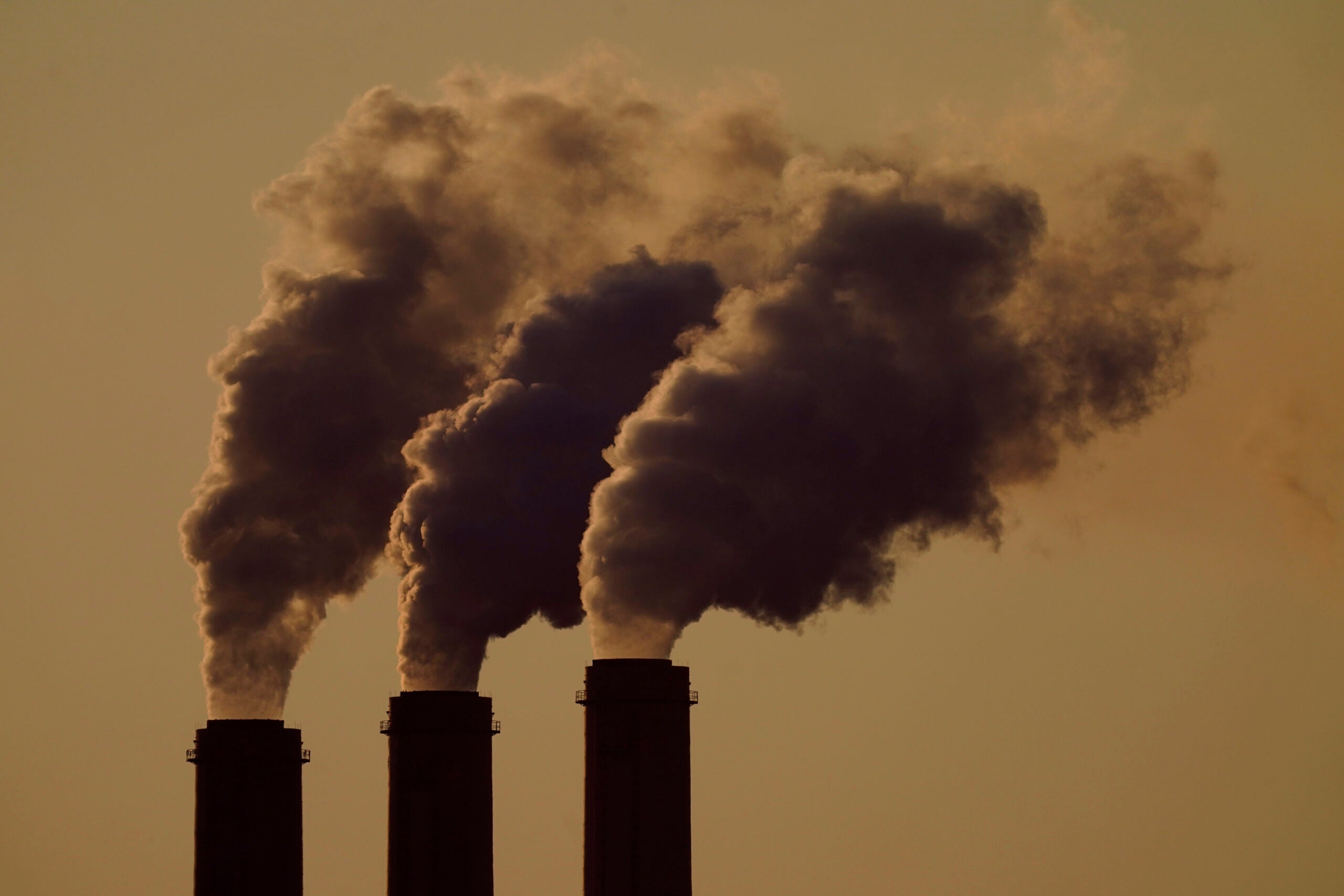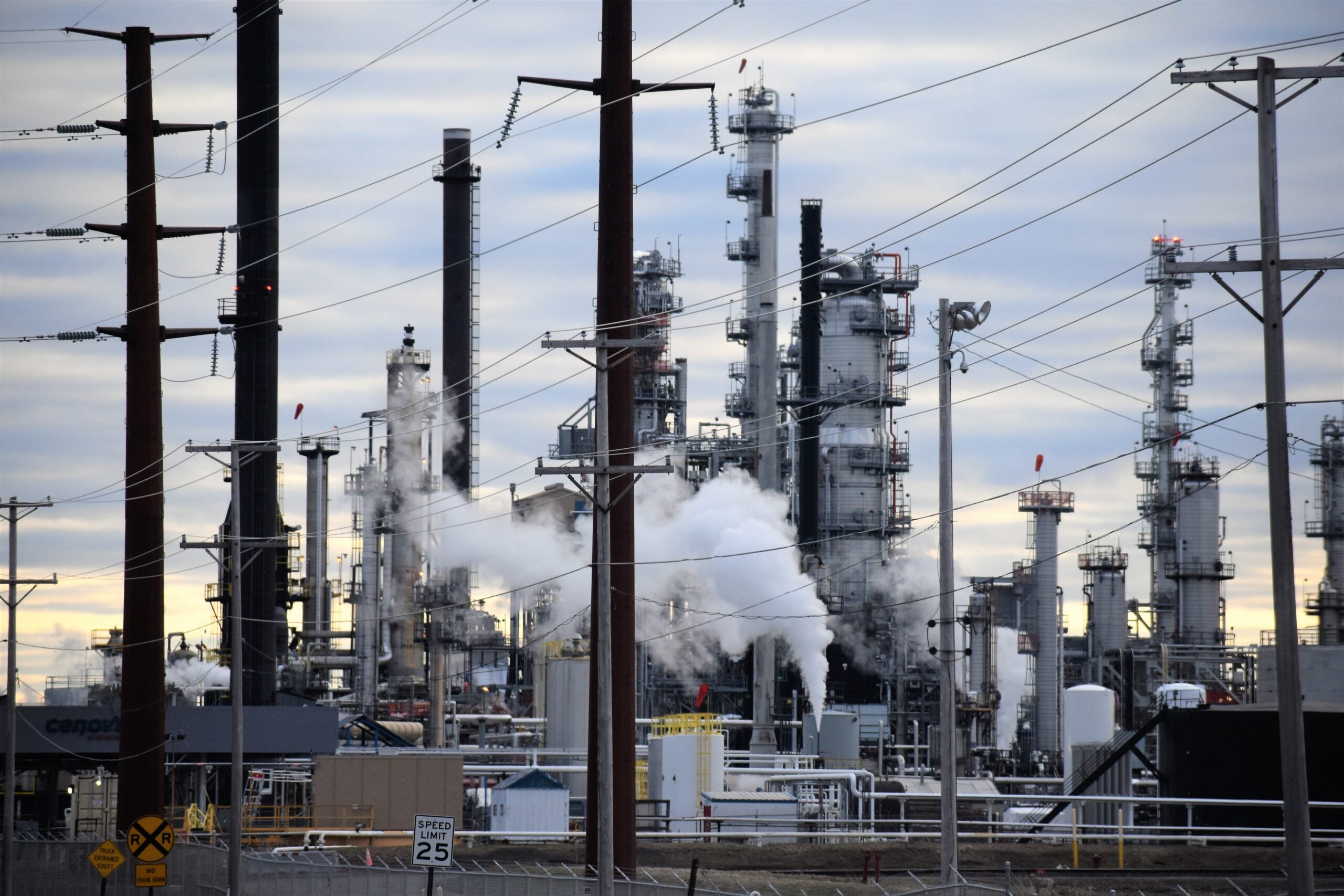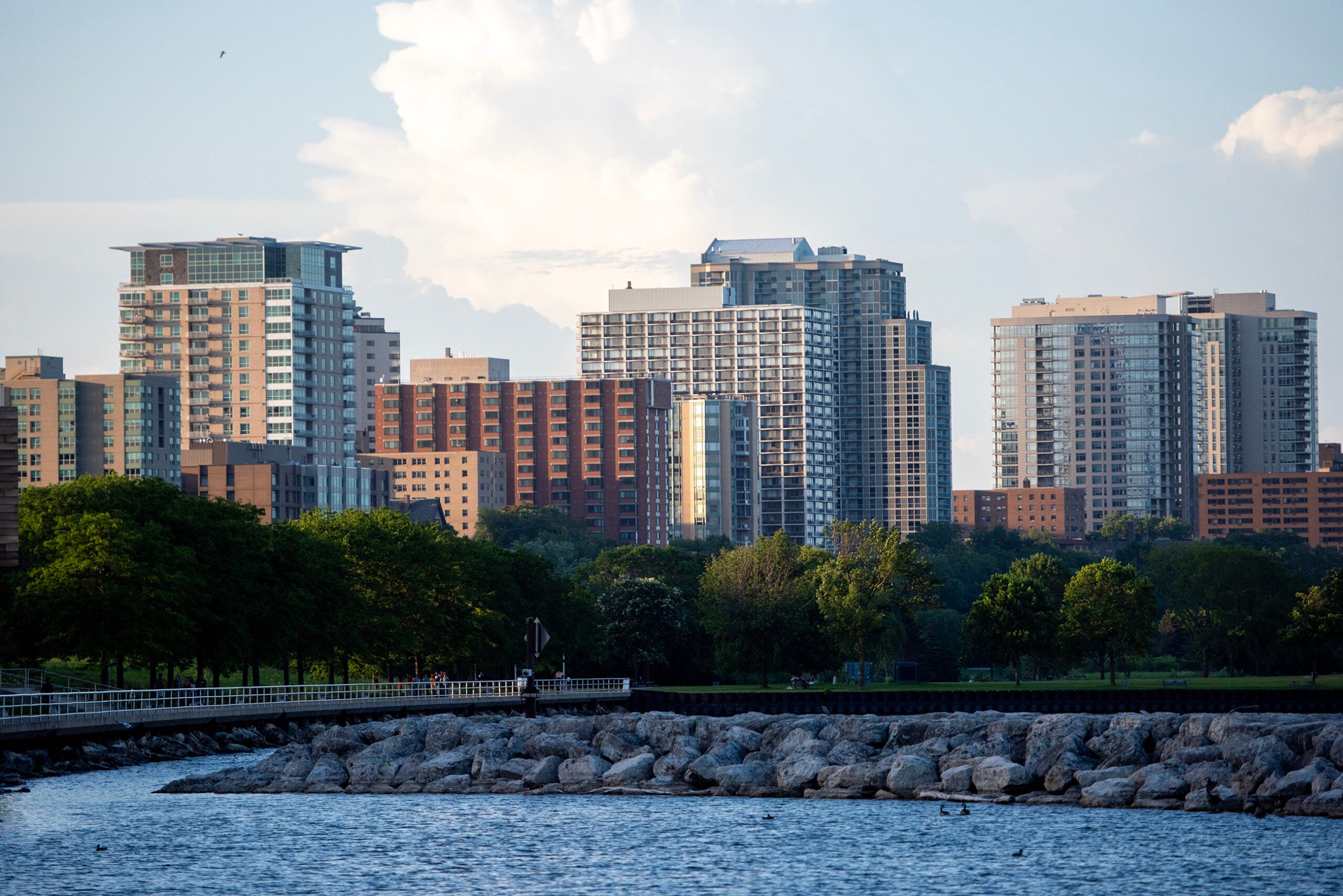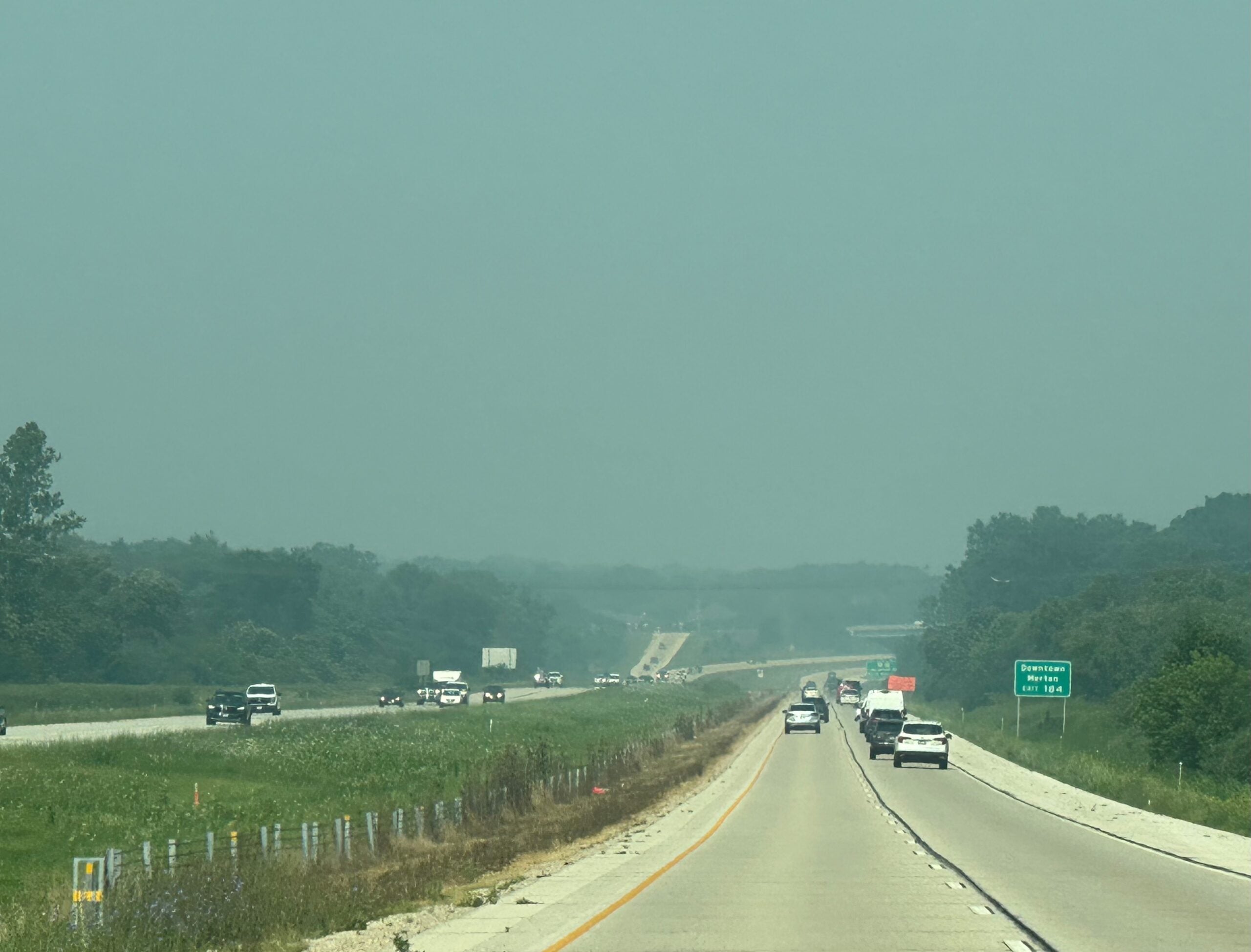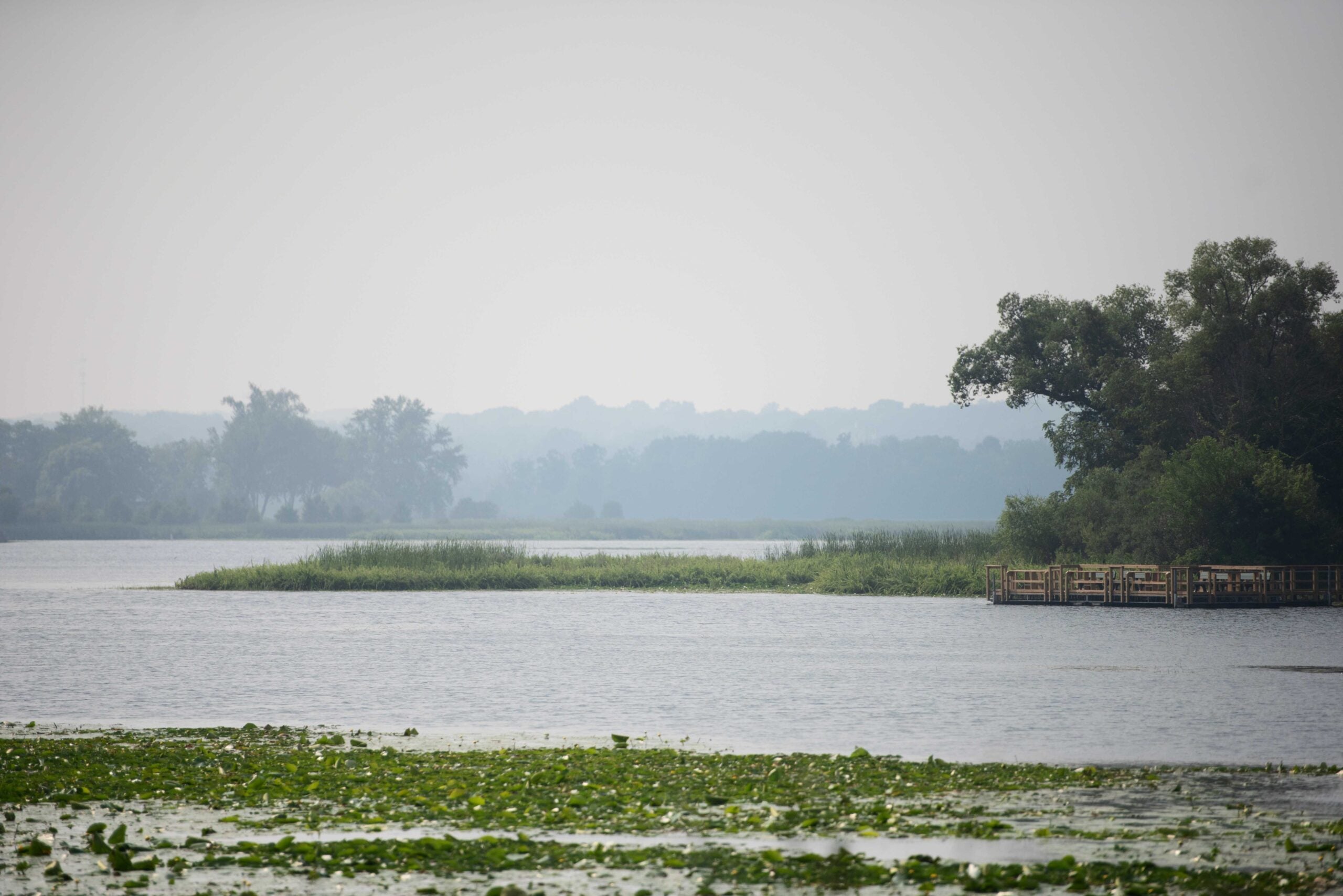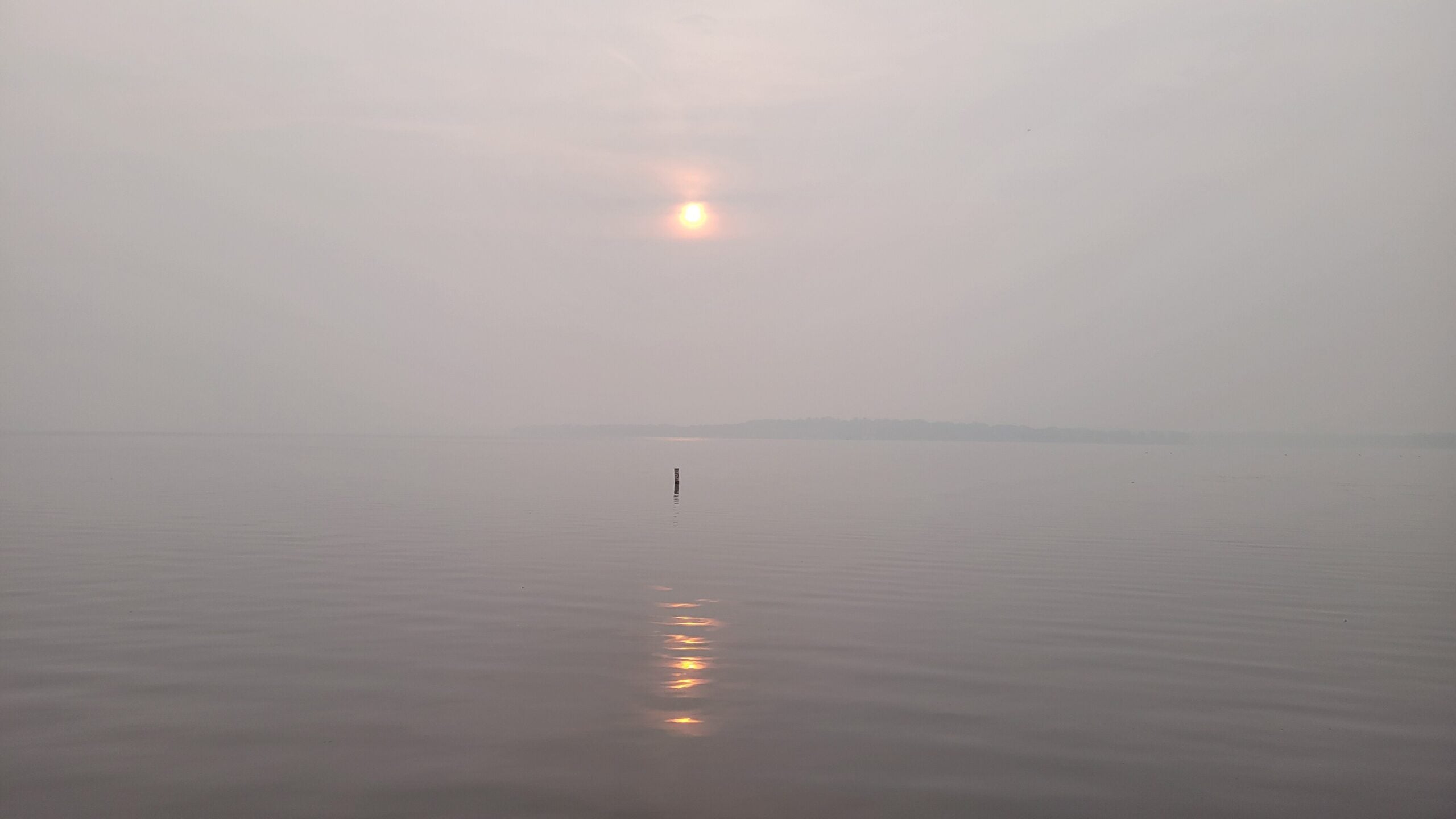Parts of seven Wisconsin counties, all of which are near Lake Michigan, do not meet the 2015 ozone standards set by the U.S. Environmental Protection Agency, according to a report released this week by the Wisconsin Department of Natural Resources.
Testing sites in Kenosha, Racine, Milwaukee, Waukesha, Washington, Ozaukee and Sheboygan counties measured average ozone concentrations higher than the standard of 70 parts per billion.
The report concludes that overall in Wisconsin, there has been a 72 percent decrease in nitrogen oxides and a 28 percent decrease in volatile organic compounds since 2001, the two pollutants that form ground-level ozone. But statewide ozone concentrations have only dropped 21 percent in the same time frame.
News with a little more humanity
WPR’s “Wisconsin Today” newsletter keeps you connected to the state you love without feeling overwhelmed. No paywall. No agenda. No corporate filter.
Craig Czarnecki, with the DNR air program, said a lot of that has to do with geography — being next to Lake Michigan and north of Chicago contributes to pollution.
“The lake breeze pushes that pollution north,” he said “And then later in the day, typically we see an easterly lake breeze that pushes some of that pollution inland.”
In fact, a majority of the pollutants that create ozone in Wisconsin come from outside the state. The EPA estimates that Wisconsin contributes to between 8 and 16 percent of its own ozone, while emissions from other states contribute to between 42 and 48 percent of the state’s ozone concentration. International emissions make up the rest.
Katie Praedel, air monitoring section chief with the DNR, said ozone is a public health issue, as the invisible gas can exacerbate numerous health issues including chest pain, coughing throat irritation and airway inflammation.
“It can reduce lung function and worsens bronchitis, emphysema and asthma. And children are really at the greatest risk from exposure to ozone because their lungs are still developing,” she said.
Little can be done to reduce state ozone levels without the EPA, DNR says
Interstate transport of air pollution is managed by the Good Neighbor provision of the Clean Air Act. But Czarnecki said the DNR finds the provision insufficient, as it doesn’t require states to reduce volatile organic compounds or mobile source emissions, like cars and trucks.
“This transport rule is going to fall short of what it needs to accomplish as far as improving ozone values in Wisconsin,” Czarnecki said.
Zac Adelman, Executive Director of Lake Michigan Air Directors Consortium, explained the provision is not meant to be a cure-all.
“The good neighbor provision is not sufficient to bring us to resolve a (National Ambient Air Quality Standards) attainment issue. And it really wasn’t designed to do that,” he said.
The recent DNR air quality report shows ozone concentration levels across the state have leveled off in recent years. Adelman said this plateau can be attributed to regulatory changes and economic phenomena like the shift away from coal.
“There has not been a significant economic shift like we saw with coal to gas,” Adelman said. “There has not been a really transformative federal program targeting major pollution sources. There’s been some smaller changes around the edges.”
Czarnecki said as the DNR waits for neighboring states to lower emissions, there are things individuals can do to lower ozone concentrations in the atmosphere.
Appropriate tire pressure, regular oil changes, composting leaves instead of burning them and using energy-efficient appliances at home can all make a difference, he said.
“You want to be a good neighbor,” he said “You want to help keep air quality where you’re living as clean as possible.”
Wisconsin Public Radio, © Copyright 2025, Board of Regents of the University of Wisconsin System and Wisconsin Educational Communications Board.

